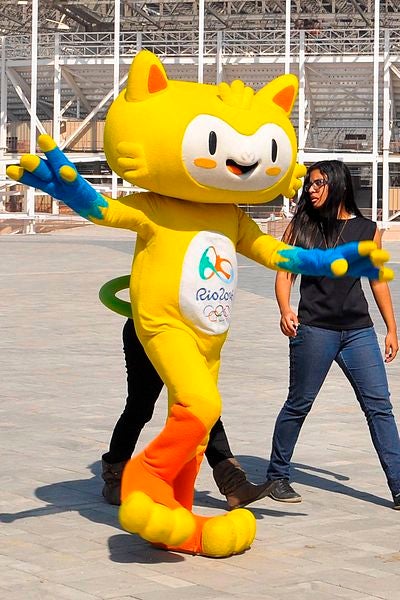One of the most fundamental distinctions made in Olympic sports (and others) is the division between men's and women's events. Most sports on offer at the Games feature events that are divided into exclusively male or female categories.
(Some exceptions come to mind: rhythmic gymnastics and synchronized swimming are for women only, whereas Greco-Roman wrestling is for men only. Men's and women's gymnastics involve some different equipment for men versus women. Equestrian events are integrated.)
As I pointed out in a posting connected with the London Summer Olympics, this division by gender is one of the few concessions to inclusivity made at Olympics, which generally aims to feature top performances only, e.g., the absolute fastest, highest, or strongest. As a result, providing women with opportunities to compete in the absence of men is an essential part of the Games.
So, policing the distinction between men and women is also seen as essential, although cheating does not appear to be common. At the 1968 Mexico Olympics, gender screening consisted of a physical examination of women by doctors. After this process proved excessively invasive and humiliating, officials went for technological solutions. The first was testing for XX chromosomes. However, some female athletes had unusual conditions, such as XXY mosaicism.
In 2012, the International Olympics Committee adopted a new test based on testosterone levels. On this new rule, no one is allowed to compete as a woman if her blood testosterone level is above 10 nanomoles of testosterone per liter (nmol/L):
That’s the bottom end of what’s considered a normal range for men. Women usually have less than three nmol/L, according to Dr. Peter Sonksen of Kings College London. Men tend to have 10 to 30 nmol/L.
Note that the new regime does not aim directly at distinguishing men from women. Instead, the idea is that it is unfair to women in the usual testosterone range to compete against people whose testosterone range is markedly higher, on the grounds that testosterone contributes to physical characteristics that enhance performance in many Olympic events. About 2.5 percent of women display "hyperandrogenism", testosterone levels normal for men.
Women displaying hyperandrogenism have been allowed to compete provided they take drugs that lower their natural testosterone levels to normal levels for females.
In 2015, one such "intersex" athlete, Dutee Chand, won an appeal with the Court of Arbitration for Sport temporarily striking down the IOC regulation. As a result, there will no gender testing at the Rio Summer Games.
Controversy seems sure to follow. South African runner Caster Semenye seems likely to win a number of medals and perhaps set a world record in the 800m run. After her victory in the 2009 World Championships, a test showed that Semenye fell into the hyperandrogenism category, leading many commentators to call her legitimacy as a female athlete into question. A similar reaction appears likely in the Rio Olympics.
Maintaining a set of women's events at the Olympics reflects some important social goals of equity for women. However, using technological means to define what it means to be a woman have proven unworkable. This situation raises some significant questions: How should this distinction be defined? What means should be used to enforce it?
